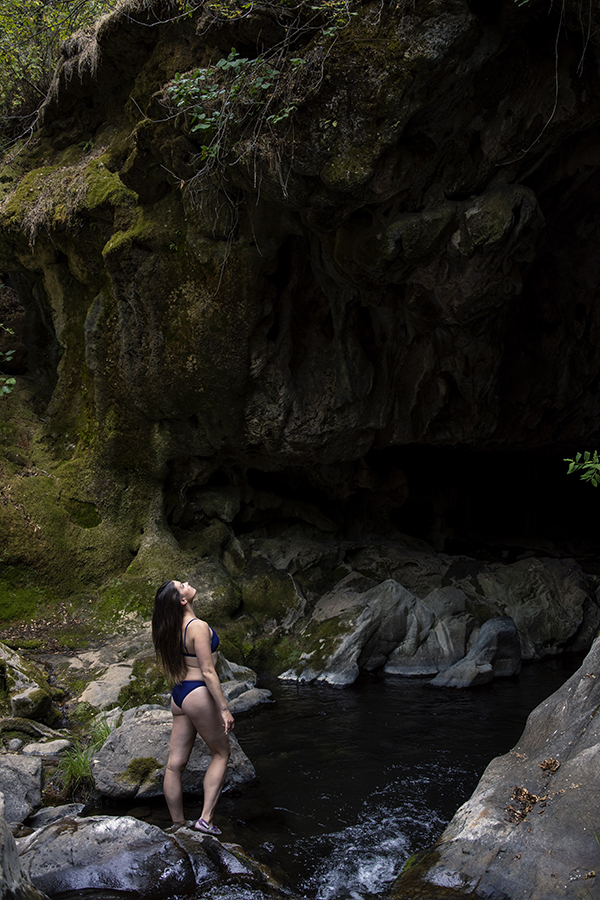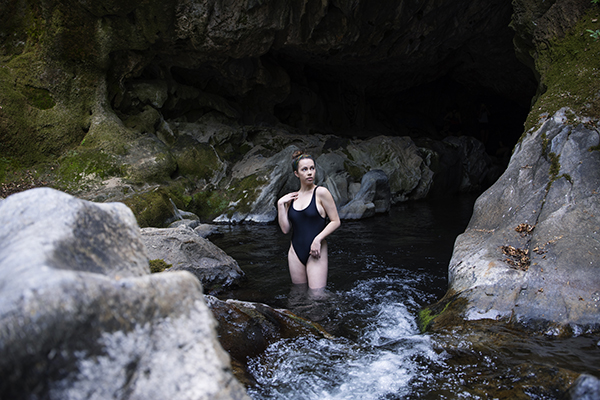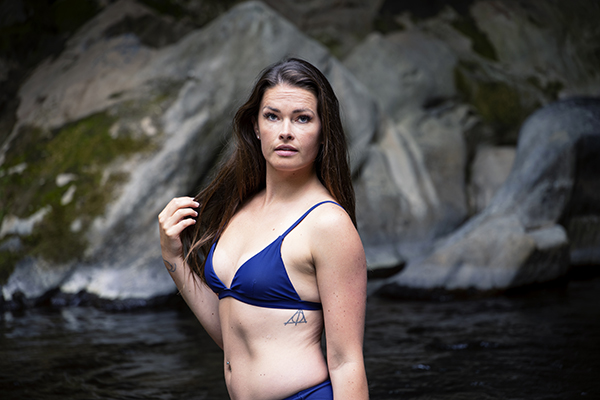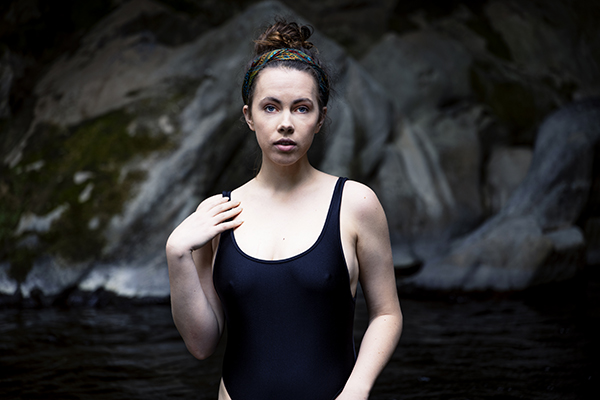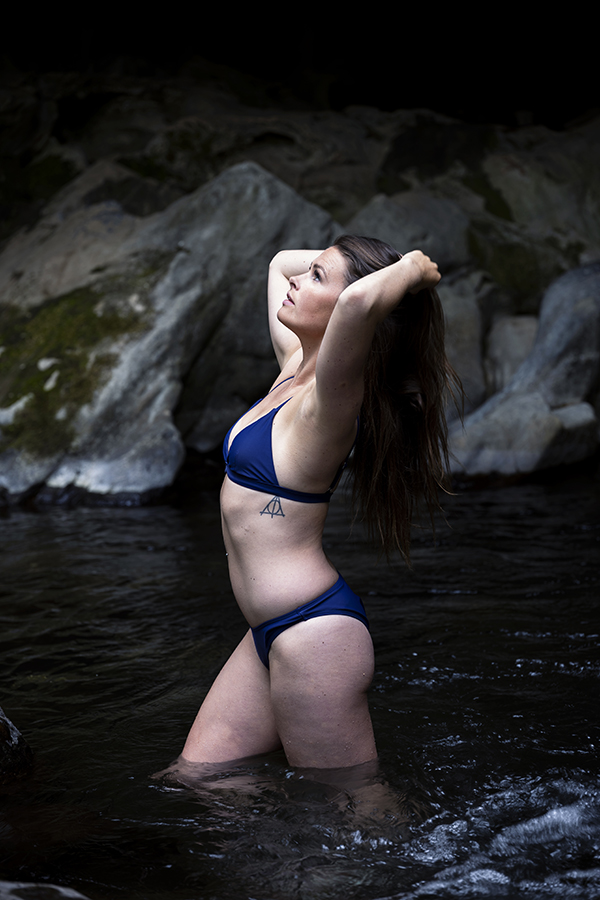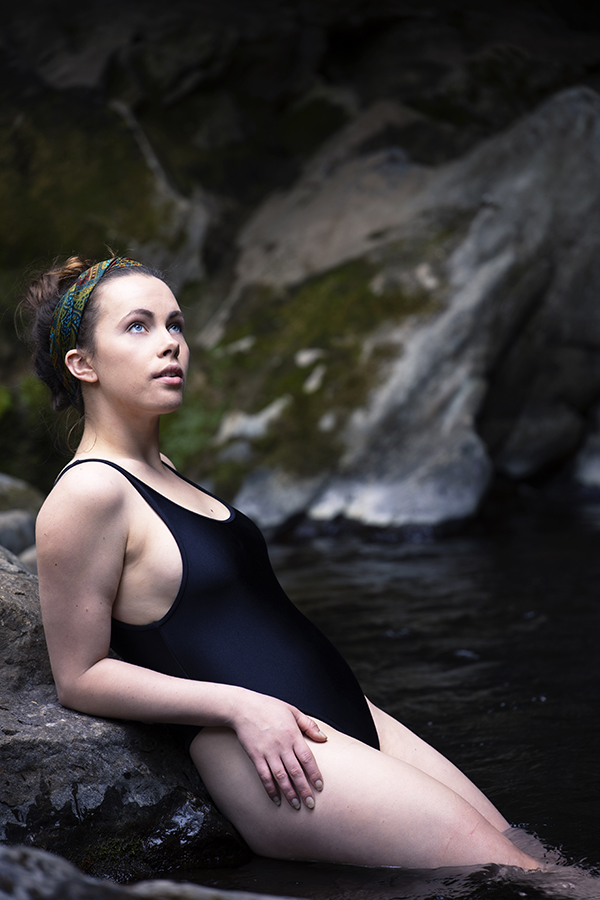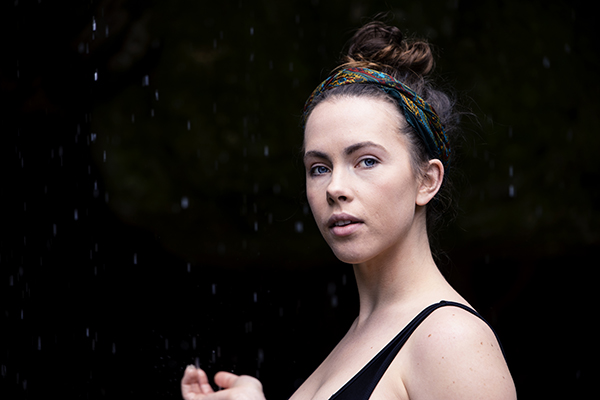Tamron 35-150mm f/2.8-4 all-in-one portrait lens: Is it actually good? — Shoot to Keep, Ep. 1
posted Monday, August 19, 2019 at 4:45 PM EDT
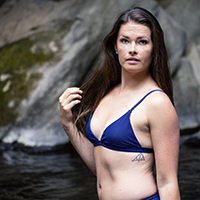
At Imaging Resource, we have prided ourselves on being a leader in the technical analysis of camera equipment. From lenses and cameras to lights and hard drives, we've done our best to evaluate equipment in a very detailed manner so that you know what piece of equipment will best suit your needs.
But in recent months, we've discussed internally that there was an area on which we weren't putting enough emphasis: making images. That's where this new series we are calling Shoot to Keep comes in. Shoot to Keep is a more hands-on focused video series that encourages you to look at all aspects of making a great image, including but certainly not limited to the gear you use to make those photos happen.
In this first episode, we're going to go on a hike out in central California with a lens I probably wouldn't have picked off a shelf, but one that many of you may find compelling. I'm talking about the Tamron 35-150mm f/2.8-4, and how I used it to photograph a couple of my friends in Calaveras County's Natural Bridges.
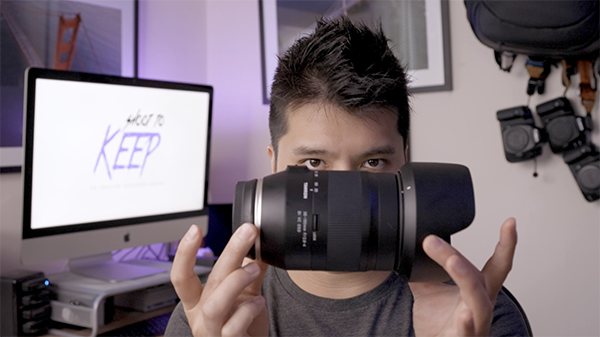
Part of making a good photo is going into it with some kind of vision for what you want to capture, mixed in with a bit of luck. You would be surprised how many great images happened as Bob Ross would say, happy accidents. That said, I do still subscribe to the idea that luck favors the prepared.
I wanted to see just how good the Tamron 35-150mm could be, so it was the only lens I brought on this little excursion. Seeing as it has a rather huge focal range that covers pretty much every popular portrait focal length, I figured being forced to only use it would suffice as the best test of its ability.
In researching Natural Bridges, what I could find mainly talked about one large cave system at the bottom of a relatively short hike. I went into the shoot thinking we would spend our time there, using the mouth of the cave as well as the interior as the focus of several different images.
Despite going during the middle of the week, the cave was a lot more popular than I anticipated. Using the watering hole as a photoshoot location became more challenging as such, since we didn't want to take over the whole location and block others from using the public space. I took a few images at the mouth of the cave before deciding we should try to go into the cave itself and distance ourselves from most of the people.
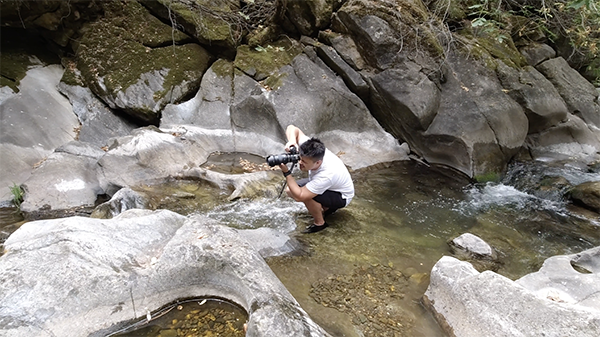
I had every intention of actually going into that cave and showing it to you all, but I was woefully unprepared for how cold that water actually was. Just a few feet into the cave, there was a steep drop-off on my footing, and the water temperature plummeted to the point I could hardly breathe.
So suffice it to say, I wasn't thinking clearly enough to show you all on camera what was happening, there was no way I was going to make it back there with camera equipment, and I wasn't about to ask my two swimsuit-clad friends to try and swim back there either.
While deciding what our next move would be, a fellow hiker noticed my camera equipment and suggested that we take a short 15-minute hike downriver to another lesser-known cave formation. He told us it was much less crowded and offered a much better photography location.
Excited, we immediately jumped at the opportunity and hiked into the woods.
We were not disappointed. The second cave was far grander than the main one, and there wasn't a soul around to share it with.
This is what I meant by getting lucky: there wasn't any solid information about this second cave when I was doing research beforehand, and if we hadn't been given the tip we absolutely would have left without making the hike downriver.
Tamron has smartly marked every popular portrait focal length on the lens itself so you can quickly change to whatever you might be feeling for a particular shot. So rather than just being a smattering of focal length choices evenly distributed throughout the zoom range, you can quickly move, specifically, to the most popular focal lengths easily. That's a nice touch, and I used those markers all throughout the shoot.
I think the lens is probably the strongest at the longer focal lengths. I really like the compression out past 100mm, and I didn't find the f/4 a problem at all. In fact, I liked how I was able to get the compression without losing facial features, which can happen at long focal lengths and wide open apertures.
I have to say that 105mm and 135mm are probably my favorite on this lens, but 85mm and 150mm were also pretty good (with 150mm just being a tad long for my taste in most situations).
35mm was ok, it was wide, but it didn't have a "look" to it that I was looking for. I didn't spend a lot of time at the wider end of the spectrum, and it's not like the images weren't sharp (they were sharp), but I just feel like the image quality at 35mm at f/2.8 didn't have this intangible "quality" that 135mm at f/4 had, and that other 35mm lenses I've used have had. It's hard to describe, and it very well just might be a preference for me.
As I mentioned, the Tamron 35-150mm feels very smartly designed to be an "all in one" portrait lens. I don't normally like any lens that can be described as "all in one" as in my experience, a lens that tries to do everything ends up being less than great at anything. That isn't really the case here though, as I found it to be generally good enough at all focal lengths, with its strongest performance at the longer ends. I'm not a big fan of what it can do at 35mm, but there are some instances where it can work. Just don't expect eye-popping sharpness.
Another thing worth mentioning is that I really liked that the lens has Vibration Reduction in it. On this shoot, I was using my Canon EOS R with the RF/EF adapter. The EOS R has no stabilization in it at all, so having very good stabilization in the lens was something I definitely appreciated.
I generally wouldn't pick up a lens like this, mostly because I shy away from "all in one" lenses because my experience with them has been mediocre. I've found that, in general, a lens that tries to be many things never ends up doing a great job at any of them. That was not the case here. Though the 35-150mm isn't fantastic at every focal length, it is pretty good at a great number of them. Now I also need to make sure to mention I don't feel like this lens was as good as a dedicated portrait prime at any focal length it offers, but it is still very good. I feel confident recommending this lens especially if you plan to spend most of your time at the longer focal lengths as I did.
I also think that this lens is a good starter lens for a photographer to decide what kind of portrait prime they may end up going with eventually. If you want to see what each focal length in the popular portrait lens spectrum looks like, and try your hand at different looks all with one lens, this is a great option for that.
We may end up doing a more detailed lens review of the Tamron 35-150mm, but for the purposes of Shoot to Keep, I think knowing that it's a capable lens, though not outstanding, is my biggest takeaway. I think it's going to be popular for folks who don't want to carry a lot of lenses with them on trips like this, or who have not yet decided what portrait focal length they like the best. In that situation specifically, it's a solid option to test out all the popular focal lengths before investing in a prime.
That's all for this episode of Shoot to Keep, we'll see you in the next one!
